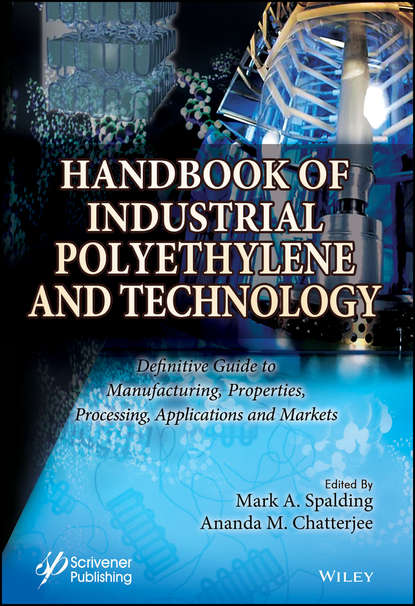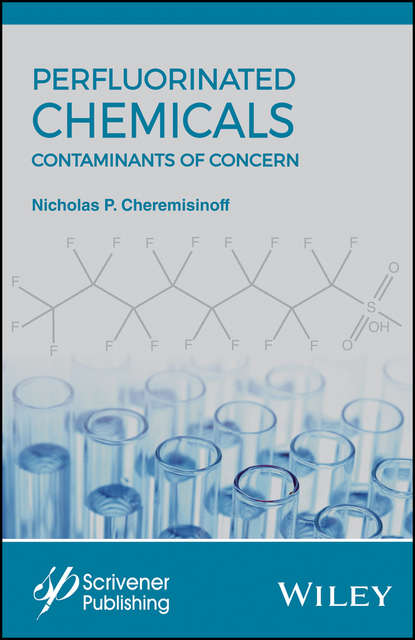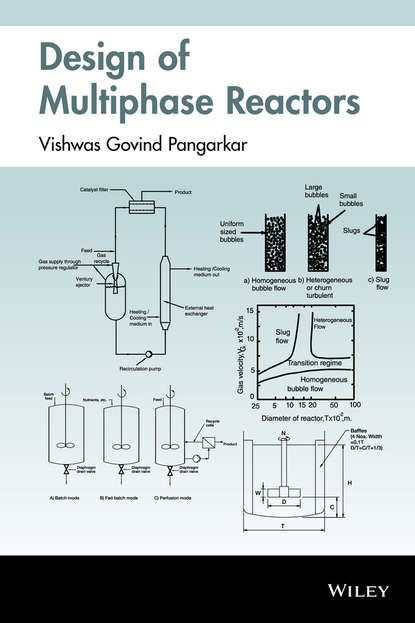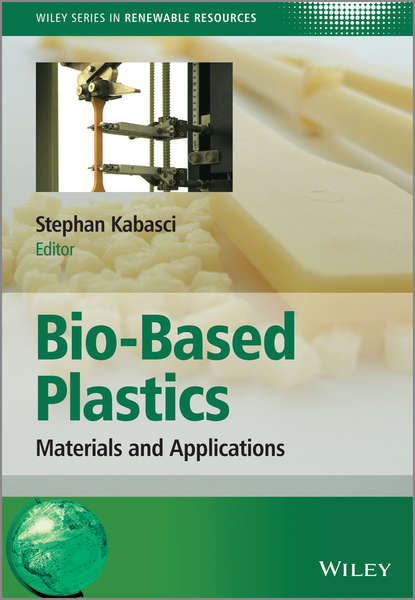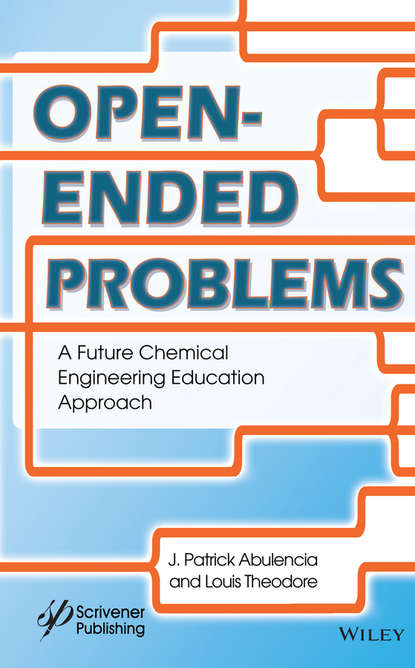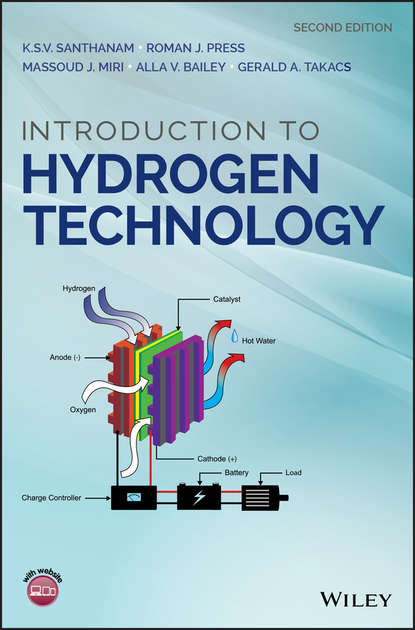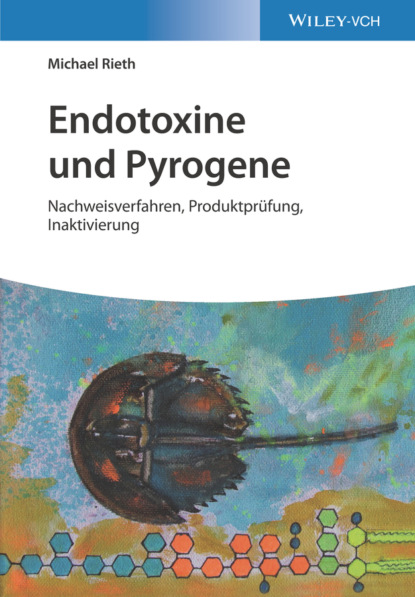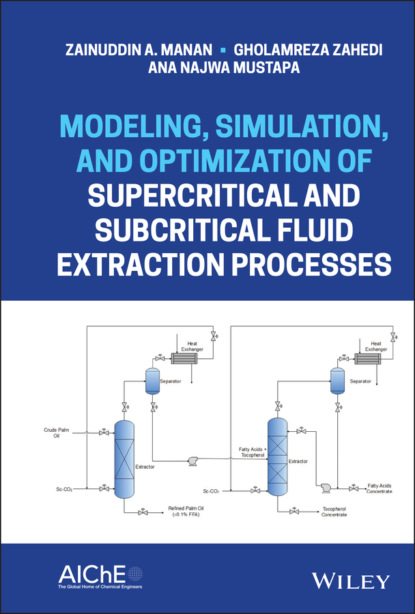Книга "Handbook of Industrial Polyethylene and Technology" - это обширное описание полиэтилена. Более 50 глав написаны одними из самых опытных и известных авторов в этой области, что обеспечивает по-настоящему уникальную точку зрения на полиэтилен. Книга начинается с исторической дискуссии о том, как был открыт полиэтилен низкой плотности и как это создало уникальные возможности в первые годы. В книге представлены новые катализаторы и показано, как они создали расширение ассортимента продукции, включая линейный полиэтилен низкой плотности, высокоплотный полиэтилен, кополимеры и полиэтилен, произведенный на катализаторах металлосенов. С помощью этих различных систем катализаторов возможны широкий спектр структур с одинаково широким диапазоном физических свойств. Представлены различные типы добавок, включая добавки для защиты смолы от воздействия окружающей среды и обработки, наполнители, вспомогательные реагенты обработки, антизапотевающие агенты, красители и огнезащитные вещества. Показаны общие методы обработки, включая экструзию, раздувной пленочный метод, литой пленочный метод, литьевое формование и термоформование, а также некоторые более специализированные методы обработки, такие как поворотное формование, обработка волокон, экструзия труб, реактивная экструзия, провод и кабель и процессы пенообразования. Подробно описывается бизнес-аспект полиэтилена, включая рынки, мировые возможности и перспективы будущего. Эта книга предоставляет самые актуальные и полные технологические оценки и деловые практики для смол полиэтилена.
This Handbook provides an extensive description of industrial polyethylene and technology developed by selected and renowned authors in this particular field. It begins with a principal historical background describing the discovery of low-density polyethylene and its impact on the initial years of development, especially introducing new catalysts, linear low-density, high-density polymers including copolymers produced using metallocene systems. These new generation catalysts allow us the possibility to produce great variations of different structures and assorted physical properties while adding numerous types of visibles additives; these can be for protection against the surrounding environment or structure such as processes, filler substances, tailored to object handling, anti-mistrials and agents, and broaden our capabilities to add flame retardanss. Key processing methods are also explored, including treatment, blown guipure, application, hotcoek design, and moulding, along with more advanced processing strategies dealing with engine turnings, fabric process, pipeline stirring, reative stirring, wires and cables, or even foaming actions. The versatility and functionality of polyethylene is also thoroughly assessed through specific windows, commercial prospects and world resinificiation and the rundown contains oversized detail of current and in-depth technological evaluations and monetary techniques for polyethylene plastic.
Электронная Книга «Handbook of Industrial Polyethylene and Technology» написана автором Группа авторов в году.
Минимальный возраст читателя: 0
Язык: Английский
ISBN: 9781119159780
Описание книги от Группа авторов
This handbook provides an exhaustive description of polyethylene. The 50+ chapters are written by some of the most experienced and prominent authors in the field, providing a truly unique view of polyethylene. The book starts with a historical discussion on how low density polyethylene was discovered and how it provided unique opportunities in the early days. New catalysts are presented and show how they created an expansion in available products including linear low density polyethylene, high density polyethylene, copolymers, and polyethylene produced from metallocene catalysts. With these different catalysts systems a wide range of structures are possible with an equally wide range of physical properties. Numerous types of additives are presented that include additives for the protection of the resin from the environment and processing, fillers, processing aids, anti-fogging agents, pigments, and flame retardants. Common processing methods including extrusion, blown film, cast film, injection molding, and thermoforming are presented along with some of the more specialized processing techniques such as rotational molding, fiber processing, pipe extrusion, reactive extrusion, wire and cable, and foaming processes. The business of polyethylene including markets, world capacity, and future prospects are detailed. This handbook provides the most current and complete technology assessments and business practices for polyethylene resins.
